Gait analysis equipment is a professional tool that accurately measures walking and movement patterns. It is widely used in rehabilitation medicine, sports science, sports rehabilitation training, and biomechanics research.
With the continuous advancement of technology, a wide variety of gait analysis devices have become available on the market, ranging from optical capture systems to inertial measurement units (IMUs), from 3D motion analysis platforms to pressure-sensing mats. Each device has significant differences in functionality and performance.
Therefore, when selecting gait analysis equipment, it is important to pay attention to its core parameters to ensure that the equipment meets actual needs while also ensuring data accuracy, stability, and repeatability. The following is a detailed analysis of these core parameters from multiple perspectives.
First, sampling frequency is the primary consideration when selecting gait analysis equipment.
Sampling frequency refers to the number of times the device collects data per unit time and is particularly critical for motion capture. Gait analysis often involves rapid lower limb movements, joint angle changes, and mechanical parameter measurements. A low sampling frequency can result in data loss or signal delay, affecting the accuracy of the analysis results.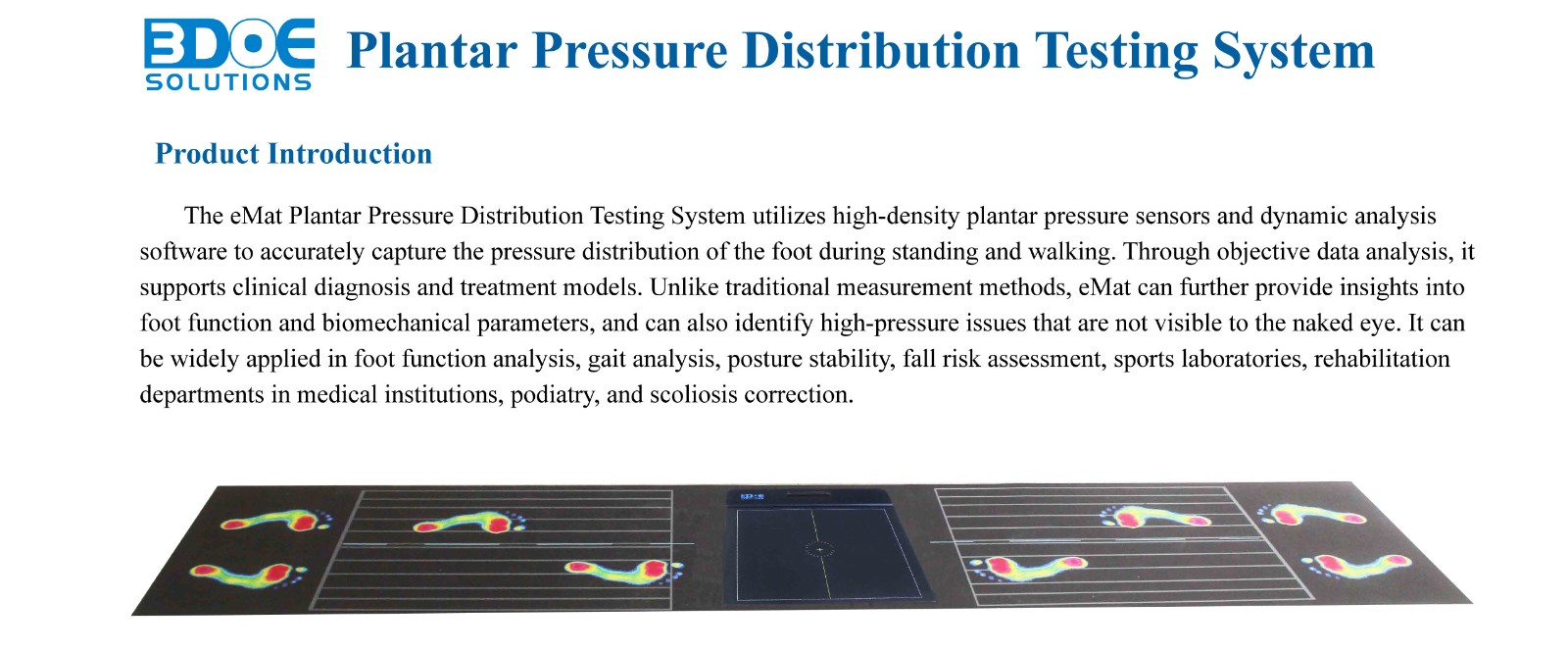
Generally speaking, standard gait analysis requires a sampling frequency of at least 100 Hz. For high-intensity exercise or running analysis, the sampling frequency should reach 200 Hz or even higher to ensure accurate capture of critical movement moments. Furthermore, the sampling frequency should match the system's processing capabilities. High-frequency sampling increases data processing pressure and storage requirements, so it's important to balance data accuracy with system performance when selecting a device.
Secondly, spatial resolution is a key parameter affecting gait data accuracy.
For optical capture systems, spatial resolution refers to the smallest unit of spatial distance that a camera or sensor can resolve. This directly determines the measurement accuracy of joint angles, stride length, and key body positions.
Higher-resolution devices can accurately capture subtle movement changes, which is particularly important for analyzing patients undergoing rehabilitation or subtle movement abnormalities.
Although inertial measurement unit systems don't rely on optical resolution, the sensor's angular velocity resolution and acceleration resolution also affect data accuracy. Therefore, when selecting a device, focus on the system's nominal spatial resolution and sensor accuracy, and select the appropriate device level based on the actual application scenario.
Third, the device's measurement dimensions and degrees of freedom are also key parameters. Gait analysis typically requires three-dimensional data, including forward-backward, left-right, and up-down motion trajectories. High-end systems can capture six degrees of freedom (DOF)—three-dimensional position plus three-dimensional rotation angles—to comprehensively describe the motion state of each joint.
For complex motion or specialized training analysis, the higher the DOF of the device, the richer the data provided and the more refined the analysis results.
In contrast, low-DOF systems may only provide two-dimensional planar motion or partial joint angle information. While suitable for basic gait analysis, they may not meet the needs of professional research or clinical rehabilitation. Therefore, when purchasing, it is important to clearly define the required DOF level based on the experimental or application objectives to avoid insufficient data from low-spec devices.
Fourth, the synchronization and latency performance of the device directly impact the reliability of the data.
Gait analysis typically involves the coordinated operation of multiple sensors, cameras, or force plates. The device must ensure strict temporal synchronization of data from different channels to ensure consistency between mechanical data, motion capture data, and physiological signals.
Latency or asynchrony can lead to errors in the gait cycle, stride length, and joint angles, affecting subsequent analysis and conclusions. High-end devices typically provide hardware synchronization interfaces and timestamp functions, enabling millisecond-level synchronization, while lower-end devices may experience software synchronization delays. When purchasing, it's important to understand the system's maximum synchronization accuracy and latency range, and evaluate them in light of experimental requirements.
Fifth, mechanical measurement capability is a key parameter in gait analysis.
Many gait analysis devices are equipped with force plates or pressure sensing mats to measure information such as ground reaction forces, center of gravity changes, and pressure distribution.
Mechanical measurement accuracy includes measurement range, sensitivity, resolution, and sampling frequency. High-precision force plates can accurately measure minute force changes during the gait cycle, which is crucial for rehabilitation assessment, sports injury prevention, and running mechanics analysis.
Also, the equipment should be stable and durable, able to withstand long-term, repetitive pedaling without compromising accuracy. When purchasing, pay attention to the force plate's load range, resolution, and linear error specifications to ensure they cover the target population's weight and exercise intensity.
Sixth, the flexibility of marker or sensor mounting significantly impacts experimental adaptability.
Optical capture systems typically require marker spheres to be attached to key points on the body, while inertial measurement systems require wearable sensor modules. The device's mounting method, secure fixation, ease of operation, and wearing comfort all impact the subject's natural motion.
An overly complex installation process can increase experimental preparation time and constrain the subject's movements, thereby compromising the authenticity of gait data. Therefore, when purchasing a device, one should evaluate the system's number of markers, adjustability, and wearing comfort, and select an appropriate solution based on the subject's characteristics.
Seventh, software analysis capabilities are a key factor in the value of gait analysis equipment.
The data collected by the device is inherently raw and requires specialized software for processing, analysis, and visualization.
When purchasing, consider the software's functional modules, including 3D motion reconstruction, joint angle calculation, gait cycle analysis, symmetry analysis, mechanical parameter calculation, and visualization. Furthermore, the software should offer data export capabilities, support multiple formats, and provide secondary analysis interfaces for research and clinical data management.
High-end systems may also offer real-time feedback, virtual training, and customized analysis capabilities, which are extremely helpful for rehabilitation training and movement optimization. The software interface should be easy to use and highly compatible, and should provide detailed experimental reports and analysis charts to facilitate data interpretation by clinical or scientific researchers.
Eighth, the device's scalability and compatibility are also key considerations.
As research and application needs evolve, the device may require expansion of the number of cameras, addition of force plates, or addition of physiological signal acquisition modules.
Highly compatible devices can be upgraded through modular design, avoiding the high costs of complete replacement. Furthermore, the device should be compatible with third-party sensors or software interfaces, supporting multidisciplinary data fusion analysis. For example, combining electromyography, heart rate, or EEG data can provide more comprehensive information for sports rehabilitation and scientific research.
Finally, after-sales service and maintenance are also crucial factors in the purchasing process.
Gait analysis equipment is a high-precision instrument. Over long-term use, problems such as sensor drift, force plate wear, or camera misalignment may occur.
The supplier should provide comprehensive technical support, regular calibration services, and guaranteed parts replacement. Furthermore, attention should be paid to the quality of the equipment's training and operating manuals to ensure that users can properly operate and maintain the device, maximizing its lifespan and improving data reliability.

 +86-0755-86131192
+86-0755-86131192 2025-08-13
2025-08-13 Back to list
Back to list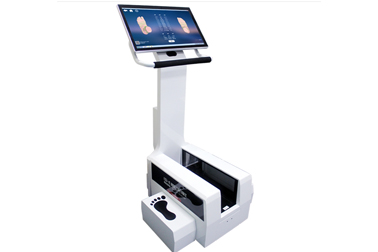
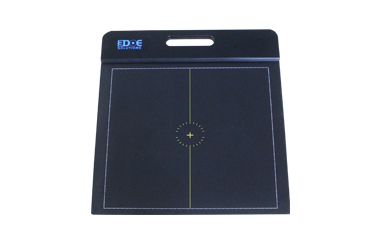
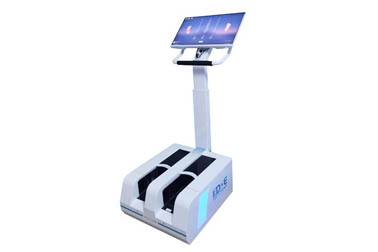
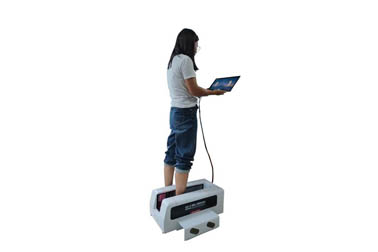
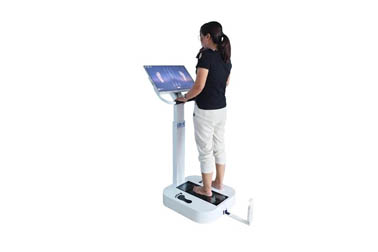
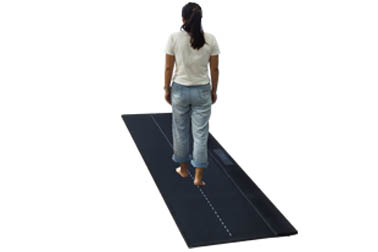



 +86-0755-86131192
+86-0755-86131192